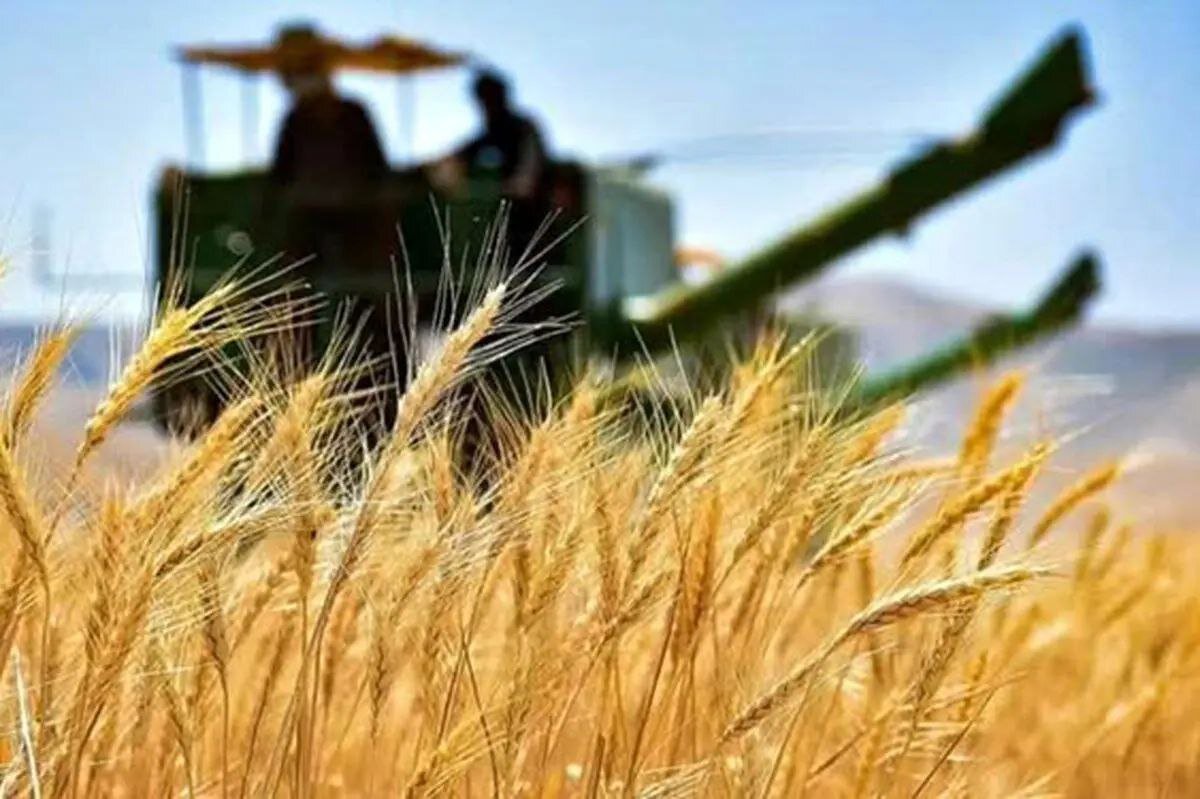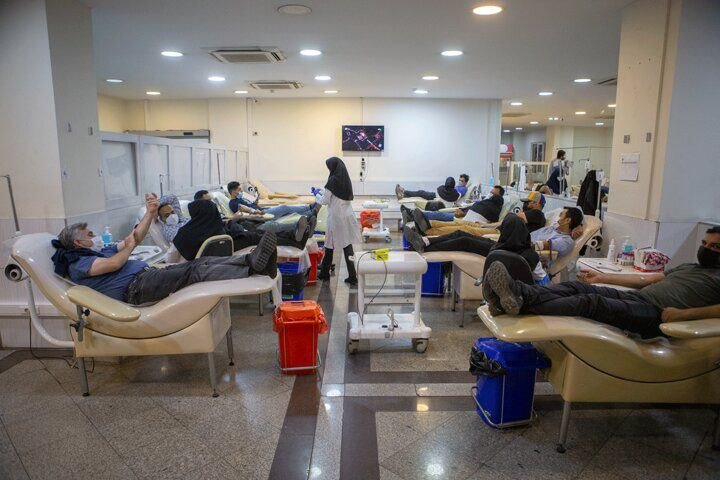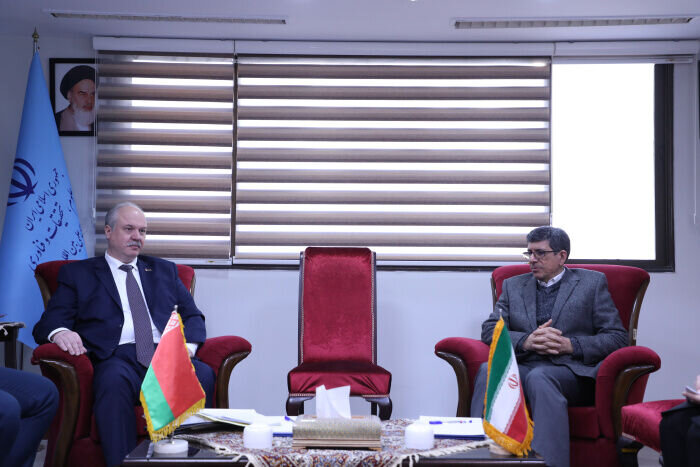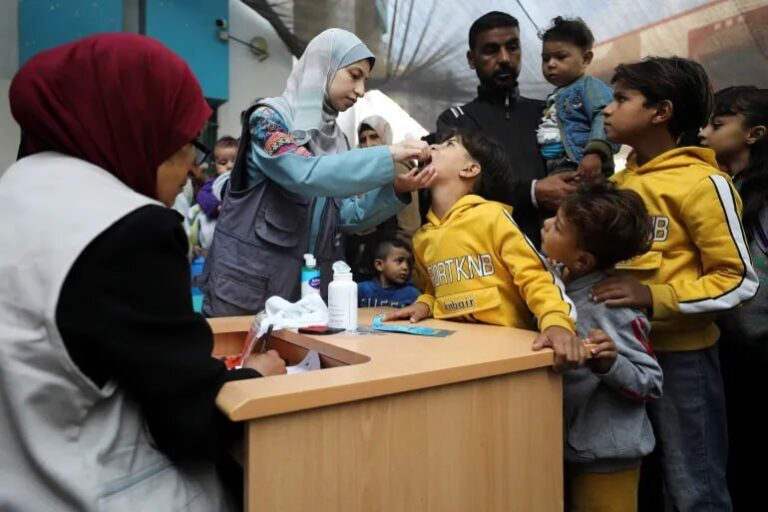Urgent GIEWS Report Unveils Critical Insights on Food Security Challenges in Iran
The Global Information and Early Warning System (GIEWS) has recently published a comprehensive report detailing the current food security situation in Iran. This analysis covers critical aspects of the agricultural season, including harvest forecasts for staple food crops and livestock conditions. Additionally, the report provides valuable insights into cereal production, trade volumes, food prices, and relevant policy developments.
The report is segmented into four main parts, each addressing significant concerns in the agricultural landscape:
- Impact of Dry Weather on Wheat Production
- Rice Planting Progress
- Cereal Production Estimates for 2024
- Trends in Cereal Retail Prices
Dry Weather Conditions Severely Affected Wheat Production
The wheat planting season occurred between September and November, but the winter months from December to February 2025 were marked by poor rainfall, which adversely affected yields. Although the introduction of irrigation systems and improved rainfall in March, particularly in regions like Khuzestan, helped alleviate some of the drought’s impact, forecasts indicate low precipitation levels in May. This situation is likely to result in production shortfalls.
In southern provinces, the wheat harvest commenced in mid-April, while the northern provinces, such as Golestan, are expected to start their harvest in June, wrapping up by July.
The Iranian government responded to these challenges by increasing the procurement price of wheat by 17 percent compared to the previous year. The new prices are set at IRR 20,500/kg for soft wheat and IRR 21,000/kg for durum wheat. However, farmers are struggling with high input costs, particularly for seeds and fertilizers, which have become increasingly difficult to secure.
Rice Planting Operations Underway
In the key rice-producing regions of Gilan and Mazandaran, planting operations are currently ongoing. These activities are expected to conclude by June 2025, contributing positively to the overall food security outlook.
According to the Food and Agriculture Organization (FAO), there were no desert locusts detected in Iran as of March 2025, with no significant population increases anticipated until mid-May 2025, further alleviating concerns for farmers.
Above-Average Cereal Production Estimated for 2024
The report projects that cereal production in 2024 will reach approximately 26 million tonnes, representing a 22 percent increase compared to the average. This surge is largely attributed to favorable rainfall and substantial government support measures, including:
- Subsidized inputs
- Low-interest loans
- High government procurement prices for wheat, encouraging planting expansion
Low Import Requirements Expected for 2024/25
Wheat import requirements for the 2024/25 marketing season (April/March) are estimated at 1.3 million tonnes, significantly lower than the five-year average. This reduction is driven by the adequate wheat harvested in 2024, which has helped replenish carryover stocks. However, for the 2025/26 period, wheat import requirements are expected to rise to compensate for anticipated deficits in 2025 wheat output.
Cereal Retail Prices Surge in 2025
The subsidized currency rate for essential goods imports has remained the same as the previous year, set at IRR 285,000 per USD for the 2025/26 fiscal year (21 March 2025 to 20 March 2026). This policy has helped mitigate inflationary pressures on imported agricultural products, including wheat.
However, despite the subsidized rate being approximately 40 percent of the market rate, which stood at about IRR 750,000 per USD in December 2024, the average wheat flour price in Tehran increased by 18 percent year-on-year as of March 2025. Additionally, the retail price of rice surged by nearly 60 percent compared to the same period last year, highlighting the ongoing challenges in the Iranian agricultural market.
As the agricultural landscape continues to evolve, the insights from the GIEWS report provide a crucial understanding of the current food security situation in Iran and the factors influencing it.






